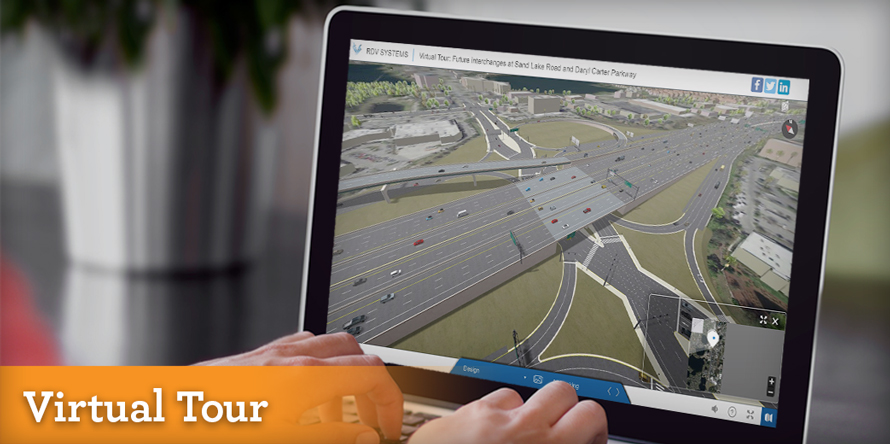READ MORE
READ MORE
The Interstate 4 (I-4) and Daryl Carter Parkway interchange is a part of I-4 Beyond the Ultimate. The project is transforming the Daryl Carter Parkway overpass into an interchange, providing additional access to local attractions and helping to relieve congestion at the I-4 and Apopka Vineland Road (State Road (S.R.) 535) interchange.
This project will add three new ramps connecting I-4 to Daryl Carter Parkway: exit ramps from both directions of I-4 to Daryl Carter Parkway and an entrance ramp to eastbound I-4. A westbound I-4 entrance ramp will be built as part of a future project. It will also convert the existing Daryl Carter Parkway overpass to a diverging diamond interchange.
The project also includes I-4 improvements from west of Daryl Carter Parkway to west of Central Florida Parkway. Construction is underway of a single, buffer-separated, express lane from west of Daryl Carter Parkway to west of Central Florida Parkway. This express lane will be constructed in three separate projects with the finished lane extending from west of Sand Lake Road to west of S.R. 536.
The project began in November 2022 and is expected to be complete by summer 2025.
Want to explore 3D models of the diverging diamond interchanges at I-4/Sand Lake Road and I-4/Daryl Parkway? Experience a virtual tour of the planned improvements.
